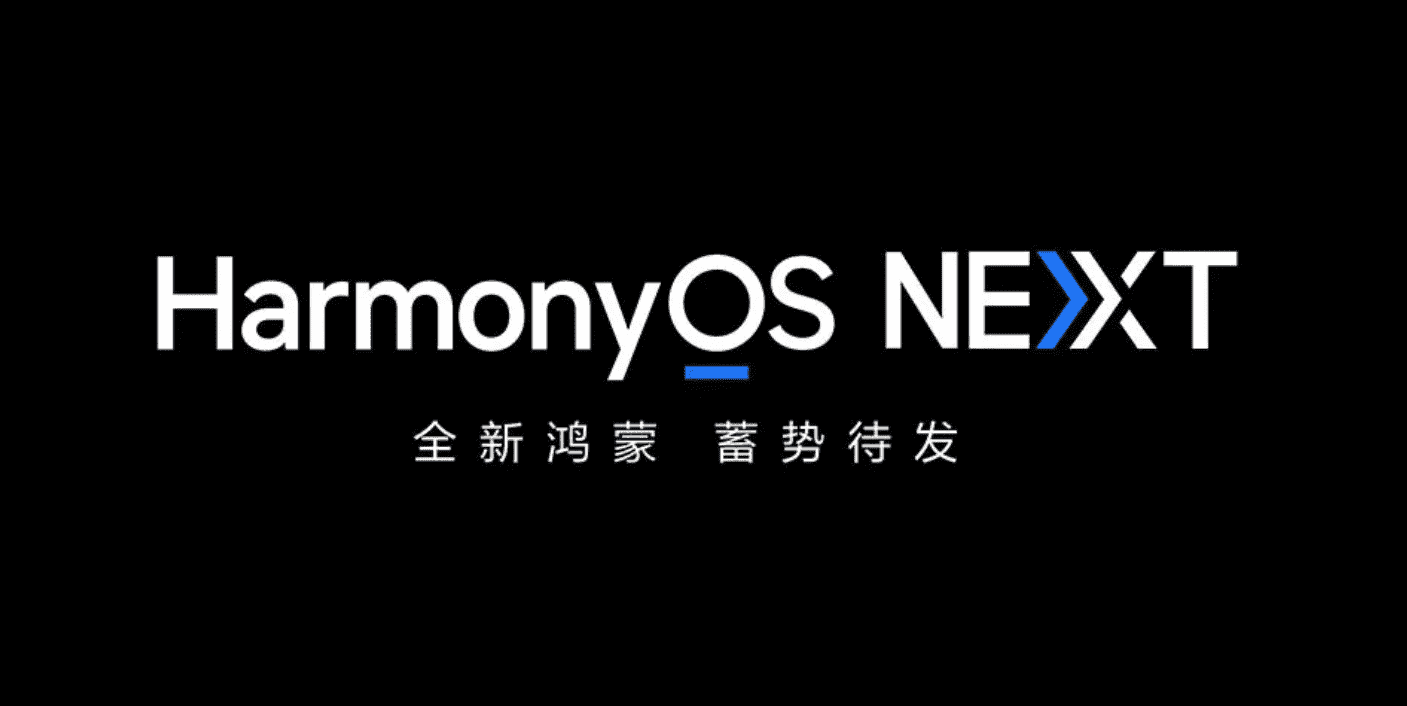
Huawei, a leading global technology innovator, is making significant strides towards establishing itself as a major player in the mobile operating system (OS) market with the upcoming release of HarmonyOS Next. This new iteration marks a pivotal shift for Huawei, signifying its commitment to a fully independent software ecosystem, free from reliance on existing platforms like Android.
HarmonyOS Next: Huawei's Bold Move Towards a Self-Reliant Operating System
A Break from Tradition: A Completely Independent OS
Previously, Huawei's HarmonyOS leveraged the Android Open Source Project (AOSP) as its foundation. This allowed for compatibility with existing Android applications while simultaneously fostering the development of a native HarmonyOS app ecosystem. However, HarmonyOS Next represents a paradigm shift. Developed entirely from the ground up, it severs ties with the Android infrastructure, marking Huawei's bold attempt to carve its own path in the OS landscape.

Potential Benefits of HarmonyOS Next
Recent leaks surrounding the second developer preview of HarmonyOS Next offer glimpses into its potential capabilities. One key area of improvement appears to be animation effects. Users can expect smoother transitions, indicating a potentially more polished and visually appealing user experience compared to Android. Additionally, developer options within HarmonyOS Next are rumored to surpass those available in the Android environment, empowering developers with greater control and flexibility.
This independence from Android also presents a unique opportunity for Huawei to optimize HarmonyOS Next for its own hardware. Unlike the one-size-fits-all approach often inherent in traditional OSes, HarmonyOS Next could be tailored to work seamlessly with Huawei's chipsets and other hardware components, potentially leading to enhanced performance and efficiency.
Addressing the AI Gap: Await for Further Developments
While leaks suggest a focus on animation and developer tools, details regarding potential artificial intelligence (AI) integration in HarmonyOS Next remain scarce. This is a crucial area to consider, as AI is rapidly transforming mobile experiences. Future iterations of HarmonyOS Next may well incorporate advanced AI features to personalize user interfaces, optimize battery life, and enhance application functionality. However, with the second developer preview offering limited insights in this regard, it's best to await further official announcements from Huawei.
Cloud Support: A Smooth Transition for Users
Recognizing the potential for data migration challenges during the transition to HarmonyOS Next, Huawei has taken proactive steps to ensure a smooth user experience. Updates from HarmonyOS 4.2 onwards will reportedly include free cloud storage support. This will allow users to seamlessly back up their data to the cloud, mitigating concerns about data loss during the upgrade process.
Uncertainties and Challenges Remain
Despite the promising advancements showcased in the HarmonyOS Next developer preview, some uncertainties linger. The most significant challenge lies in building a robust app ecosystem. Currently, the Android app market reigns supreme, and convincing developers to prioritize creating HarmonyOS-specific applications will be crucial for user adoption. Huawei's efforts to incentivize developers through initiatives like the Huawei Developer Program will be key in this regard.
Furthermore, the success of HarmonyOS Next will hinge on its ability to deliver a user experience that not only rivals. But surpasses established players like Android and iOS. While leaks suggest improvements in animation and developer tools, it remains to be seen if these translate to a demonstrably superior user experience. Additionally, security remains a paramount concern for mobile OSes. Huawei will need to invest heavily in robust security measures to instill user confidence in HarmonyOS Next.

The Road Ahead: A Competitive Landscape Awaits
The introduction of HarmonyOS Next signifies a pivotal moment in the mobile OS landscape. While challenges undoubtedly lie ahead, Huawei's commitment to a self-reliant OS ecosystem underscores its ambitions in the mobile technology arena. Whether HarmonyOS Next can carve a space for itself amongst established giants like Android and iOS remains to be seen. However, one thing is certain: the upcoming release of HarmonyOS Next represents a bold move by Huawei. And its impact on the future of mobile operating systems will be closely watched by industry leaders and users alike.
The AI Imperative: A Glimpse into the Future
While the current developer preview offers limited details regarding AI integration, its potential significance cannot be understated. Artificial intelligence is rapidly transforming the mobile experience, personalizing user interfaces, optimizing battery usage, and enhancing application functionality. Future iterations of HarmonyOS Next may well incorporate advanced AI features that rival or even surpass those offered by existing OSes. Integrating AI capabilities such as on-device machine learning or context-aware suggestions could create a more intuitive and personalized user experience for HarmonyOS Next users. However, the specifics of Huawei's AI roadmap for HarmonyOS Next remain to be revealed.
Ensuring a Smooth Transition: Cloud Support and User Confidence
Recognizing the potential for data migration challenges during the transition, Huawei is taking proactive measures to ensure a smooth user experience. Updates from HarmonyOS 4.2 onwards will reportedly include free cloud storage support. This will allow users to seamlessly back up their data to the cloud, mitigating concerns about data loss during the upgrade process. This user-centric approach demonstrates Huawei's commitment to minimizing disruption and fostering a positive user experience during the shift to HarmonyOS Next.
Building a Robust App Ecosystem: The Daunting Challenge
Despite the technical advancements showcased in the HarmonyOS Next developer preview, a significant challenge remains: building a robust app ecosystem. Currently, the Android app market dominates the mobile landscape. Convincing developers to prioritize creating HarmonyOS-specific applications will be crucial for user adoption. Here, Huawei's developer initiatives, such as the Huawei Developer Program, will play a pivotal role. By providing developers with comprehensive tools, resources, and financial incentives, Huawei can create an environment that fosters innovation and encourages app development for HarmonyOS Next.
The Competitive Landscape: A David and Goliath Battle
The introduction of HarmonyOS Next signifies a pivotal moment in the mobile OS landscape. While established giants like Android and iOS currently hold a dominant position, Huawei's bold move towards an independent OS ecosystem represents a significant challenge to the status quo. Whether HarmonyOS Next can carve a space for itself remains to be seen. However, its success hinges on several factors – delivering a demonstrably superior user experience, building a comprehensive app ecosystem, and establishing a reputation for robust security. The battle for mobile OS dominance is far from over. And HarmonyOS Next has the potential to disrupt the established order.
Beyond the Technical: The Geopolitical Landscape and Strategic Implications
The development of HarmonyOS Next cannot be viewed solely through a technical lens. The global political landscape has undeniably influenced its creation. Trade restrictions and the ongoing geopolitical climate played a significant role in Huawei's decision to pursue an independent OS strategy. Understanding these broader geopolitical factors provides valuable context for comprehending the significance of HarmonyOS Next. It represents not just a technological innovation but also a strategic move by Huawei to safeguard its future in the mobile technology arena.
Loading






